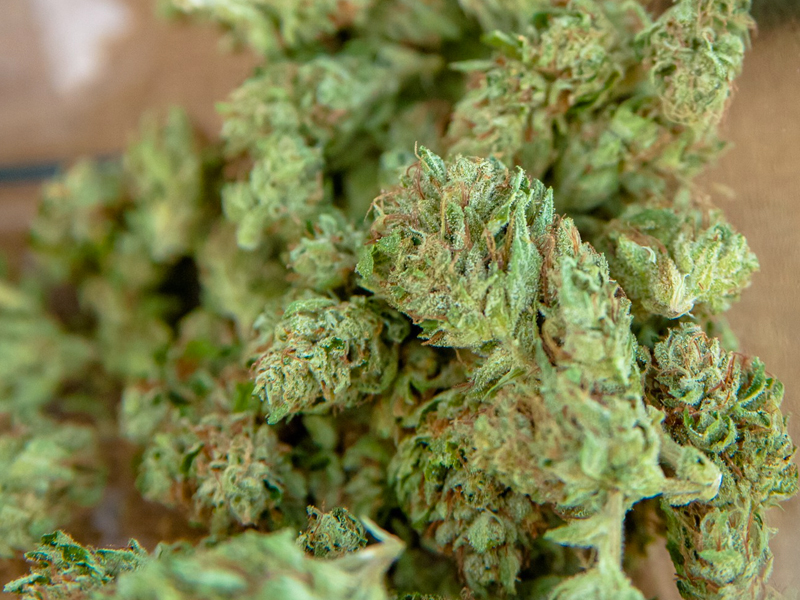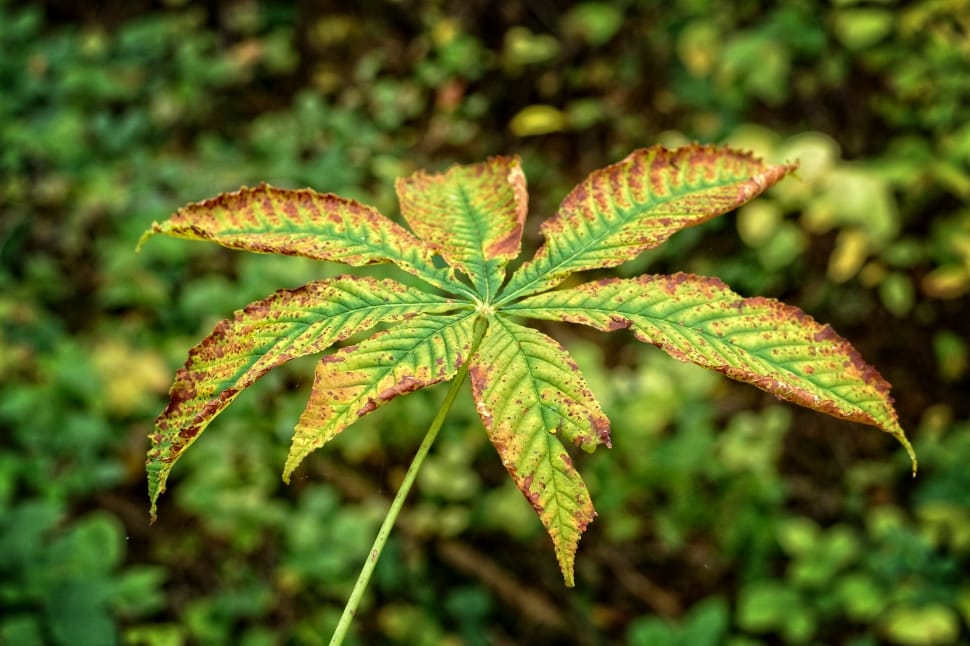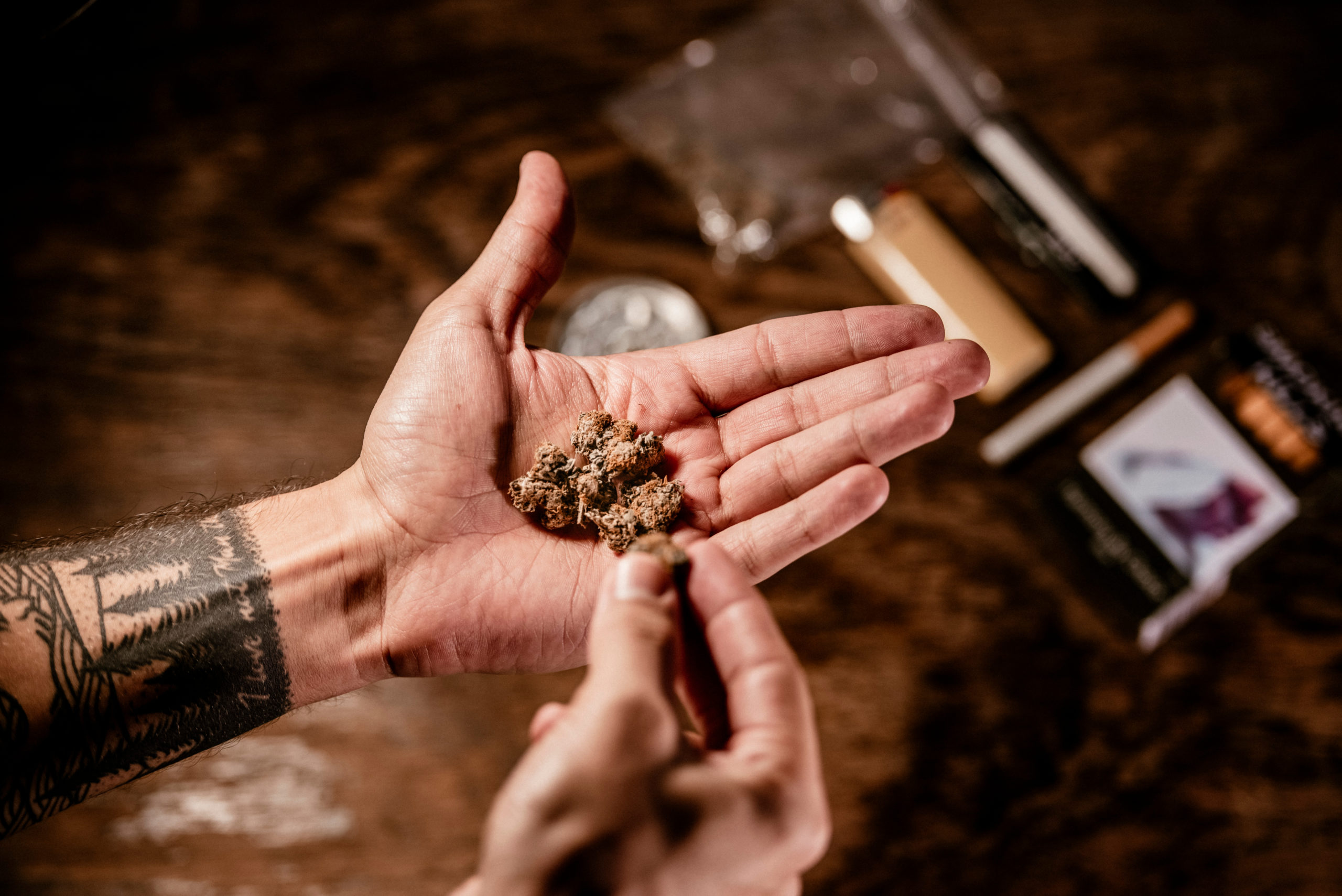News
Tracing the Journey: Where Cannabis Originated From
Cannabis, a plant that has become ubiquitous in discussions ranging from medicine to recreation, has a rich and storied history that stretches back thousands of years. Where Cannabis Originated From is a fascinating tale of cultural, medicinal, and social evolution. Its journey from ancient use to modern-day prominence reflects a diverse array of historical contexts that have shaped its current status. This blog aims to trace the origins of cannabis, exploring its early uses, geographical spread, and the various ways it has been integrated into societies throughout history. By delving into these aspects, we can better understand the significance of cannabis in both ancient and contemporary settings.
The Ancient Roots of Cannabis

Tetrahydrocannabinol, marijuana, developed from the cannabis plant is thought to have been grown in central Asia, in the area that encompasses modern day Mongolia and south Siberia. In particular, it is now believed that people chose to cultivate cannabis as it can be one of, if not the oldest domesticated plant with the cultivation dated back almost 12,000 years ago. It was first utilized for its stiff cores to synthesize hemp, which was highly essential in the manufacture of ropes, apparels and many other related products. Moreover, roasted beans of Low cannabis was ingested as a food item which was yet another evidence to prove how versatile was the cannabis plant in early societies.
It is also quite astonishing the extent to which people of the past relied on cannabis for its healing powers. Some of the earliest documented usage of cannabis is in the medical field, with the first reported cone back to around 2737 BCE in this region. In a dictionary written by the Chinese Emperors, Emperor Shen Nong, who is traditionally regarded as the patriarch of Chinese medicine, the investigation of the cannabis plant was revealed and listed as a medication for rheumatism, malaria, and forgetfulness, among other conditions. This early recognition of the medicinal value of cannabis paved way for cannabis in staying as an important component of traditional medicine throughout history.
Spread and Cultural Integration
Origins Ancient humans first grew cannabis in Central Asia, but spread the plant to others regions via migration and commerce. This was before the common era of 2000 BCE, where this plant was manifested in India being an integral part of the Indian culture and religion systems. The ancient Indian people called it bhang, which was used in religious ceremonies as offerings to gods. In ancient India, the Atharva Veda was one of the two Vedas that contained prescription on this plant, where it was listed as one of the five divine plants that would help bring health, happiness and long life.
Moving to the use of the plant, cannabis spread through the silk route which was a collection of all existing trade routes in the around the East and the West. This made it easier for cannabis to find its way to Middle East and to other parts of Europe and Africa. The Persian priest and the Zoroastrian society utilized cannabis in religious rites, together with its psychoactivity. Likewise, Cannabinoids have been used in other ceremonial functions such as among the dead; the Scythians, who were a nomadic people in Central Asia, used marijuana in burying their dead since use of cannabis was found in a tomb.
Cannabis in Ancient Europe

Cannabis first arrived in Europe at around 500 BCE where it was more widely used for the purpose of its fibers. The Greeks and Romans used hemp fiber for ropes and sails, clothing, and other items which the naval forces and the regular population needed. However, the psychoactive effects of cannabinoids were not the matter of focus in Europe at that time despite the fact that the use of cannabis had such effects. Although little evidence is available as to when cannabis made its way to Europe, the Roman historian Pliny the Elder is the first known to record the use of cannabis in his ‘Natural History’, in which he described the use of cannabis for both industrial and medical purposes.
In medieval Europe, cannabis remained useful for practical purposes only as well as ornamental purposes as illuminated manuscripts depicted cannabis. Hemp was cultivated as part of monastic gardens where people also cultivated other crops for their needs or to sell in markets. The recreational use of cannabis continued, while herbalists and healers continued to prescribe cannabis as a remedy for pain, aches and many related ills. While cannabis may have had its practical uses allowing it to become established in Europe it was never accorded similar veneration as was seen in Asiatic or Near Eastern societies.
The New World and Cannabis
The history of cannabis can again be divided into its course in pre-Columbian America, with the beginning of the colonization as an epoch-making period in the history of cannabis. There were other crops such as Hemp that the Europeans growing in the New World. Initially in the early 1600’s, colony practice approval with hemp farming as the result of the valuable fibers that existed for the purpose of creating ropes, sails and garments. Some colonial territories even passed laws requiring farmers to cultivate this plant as well as other crops.
Cannabis, on the one hand, is essential in the economy but during this period psychoactive use had limited application in the Americas. Not until the early parts of the 1900s did people start paying attention to the plant with intent of recreational use, and from this, the history developed with complications and controversies. The origins of the modern debates regarding the use of cannabis was through its arrival in the Americas and its adoption as a cultural staple.
Cannabis and Modern Medicine

During the latter part of the 19th century and early 1900s, cannabis became known to have all medical uses among the western cultures. Medical use escalated and various pharmaceutical firms began developing marijuana for usage in the treatment of diverse ailments such as chronic pain, insomnia and migraines among others. Many articles in medical journals, prior to the 20th century, reported numerous instances where cannabis was effective for various purposes, and it was included in the US Pharmacopeia until 1942.
But from the early 20th century, people’s perception of cannabis changed in some ways or the other. The constantly emerging new legal systems and altering social needs contributed to more strict and definite bans of cannabis in many parts of the world. Marihuana Tax Act of 1937 in the United States thus made cannabis more or less a criminal product not only for the Americans, but for the rest of the world as well. This marked the onset of a long-age persecution of cannabis in terms of social rejection and Legislation difficulties which up to date it is undergoing.
The Resurgence and Future of Cannabis
The second half of the twentieth century and the early twenty-first century mark another round of the cannabis evolution in both the medical and the lay Uses. Dank کامبه creative work, scientists have come across a lot of data concerning the chemistry of marijuana, including cannabinoids, which can have great medicinal properties, such as THC and CBD. This has prompted the change in policies and the legalisation of use of cannabis in many parts of the world for medical purposes.
Canada now legalized the drug and so did Uruguay and most states of the U. S. meaning that the perception of cannabis has changed. The therapeutic effect of cannabis is now legal to be administered for the treatment of conditions such as chronic pain, epilepsy, and multiple sclerosis. Additionally, the permissive effects of legal cannabis markets on its acceptability are evidenced by the positive prospects on the economic front.
From Ancient Origins to Modern Marvels
The journey of cannabis from its ancient origins in Central Asia to its current global presence is a testament to its resilience and adaptability. Throughout history, cannabis has been valued for its practical, medicinal, and psychoactive properties, influencing cultures and societies worldwide. As we continue to explore and understand this versatile plant, it is crucial to recognize its historical significance and potential future contributions to medicine, industry, and culture. The story of cannabis is far from over, and its ongoing journey promises to be as dynamic and impactful as its past.


